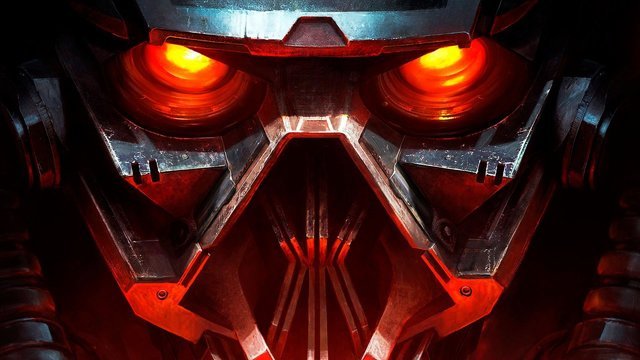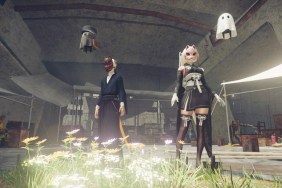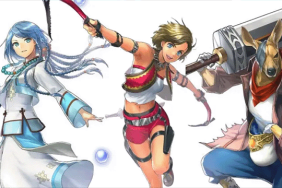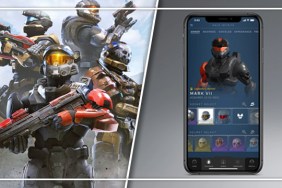In real life, things are rarely just black and white. Video games have tried to humanize their villains in such ways that their actions and motivations fall into a moral gray area. Players are able to sympathize with their foes despite the fact that they’re fighting for the other team. In some extreme cases, it feels as if audience members themselves are the real villains. Keeping all of this in mind, the following is a list of video game villains who may be interpreted as being just or right in their actions. Be warned that spoilers for each title may be found below.
Video Game Villains Who Are Right – The Fireflies (The Last of Us)
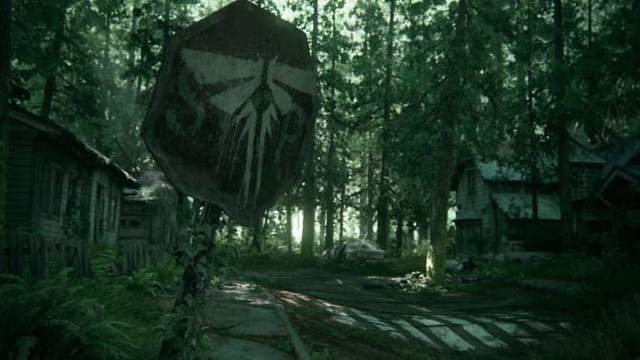
Throughout the course of The Last of Us, players take on the role of a gruff man named Joel as he transports a young girl named Ellie across the United States in order to find a cure to the cordyceps fungus that’s plagued humanity. Fans learn that Ellie is immune to catching the disease and that the Fireflies are the only group in America that’s still willing to put the time and resources into fighting off this ubiquitous threat.
Joel and Ellie develop a bond with one another through their adventure together, reminding the former of the relationship he had with his now deceased daughter Sarah. The two go so far as to save one another’s lives multiple times against both humans and the infected. When Joel learns that the only way the Fireflies could find a cure is to dissect Ellie’s brain open – presumably killing her – he rampages through the hospital in which the operation takes place. Though the organization is made out to be the villain here, it’s Joel who takes matters into his own hands, killing off nearly everybody in the facility to get to Ellie before it’s too late.
Though there’s no way of telling whether or not the Fireflies would have succeeded in stopping the cordyceps plague, it’s Joel who’s responsible for removing that hope entirely.
Video Game Villains Who Are Right – Pagan Min (Far Cry 4)
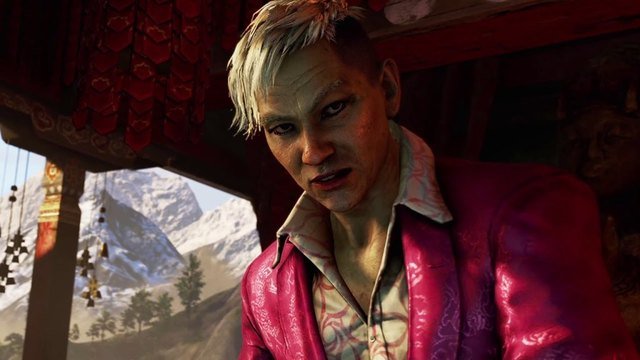
Though the opening of Far Cry 4 suggests that its main villain, Pagan Min, is deranged, players learn throughout the course of the game that the organization against him, called the Golden Path, is just as maniacal, if not even more unhinged. Born into an unscrupulous family, Min has sound reasons for becoming Kyrat’s despot, the main one being a desire for reform. After the rebels murdered his daughter, however, he threw away any hope for a peaceful resolution.
Min’s aspirations for peace are perhaps best evidenced when players have dinner with him towards the beginning of the game. Instead of fleeing when the man steps out for a minute, fans can opt to stay and wait for his return. Min helps the player spread his mother’s ashes, proving himself to be an honorable ally all along and ending the game right there, without any need for further violence.
Video Game Villains Who Are Right – Haytham Kenway (Assassin’s Creed 3)
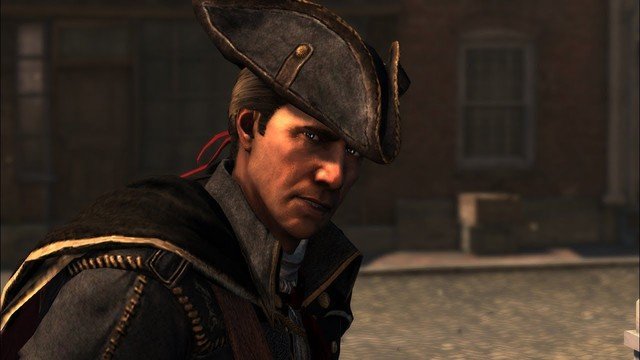
Players actually spend a good portion of Assassin’s Creed 3 as one of the franchise’s villainous Templars. As an aristocrat named Haytham Kenway, fans must establish a Templar base within the New Colonies in order to progress with the rest of the story.
While this may be seen as a bad thing, Haytham wishes this newfound continent will help pave the way for Assassins and Templars to reconcile their differences and come together. Seeing as how members from both orders recklessly sacrifice innocent lives in order to reach Pieces of Eden first, it only makes sense for the two to join forces and prevent further nonsensical bloodshed.
Video Game Villains Who Are Right – The Helghan Empire (Killzone Franchise)
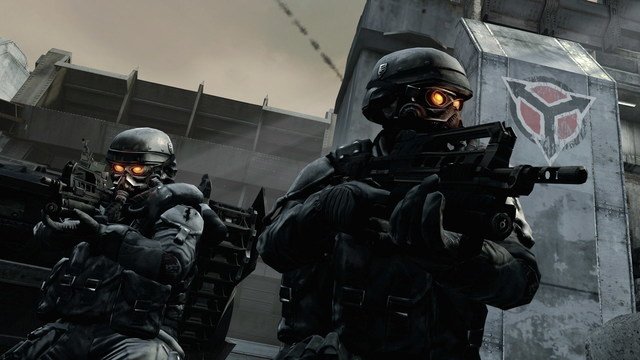
One look at the Helghan Empire from the Killzone franchise suggests that its people are evil creatures hell-bent on disrupting the peace the ISA had enacted on its planetary colonies long ago. This couldn’t be further from the truth. In actuality, the Helghast are fighting against their oppressors.
The UCN, another part of the ISA, loaned a corporation some money to fund civilizations on previously unoccupied planets. When this company couldn’t pay back its loan on time, the UCN sent the ISA to attack the colonizers, effectively starting an interplanetary war among humans.
Though most of the ISA’s targets were annihilated, those that were left fled to Helghan. These exiles started an authoritarian government that would eventually evolve to become the Helghan Empire, whose main purpose is to remove all traces of the UCN and ISA and retaliate against the people who had tried to kill them entirely. All Nazi similarities aside, who’s to really blame the Helghast for fighting back?
Video Game Villains Who Are Right – King Dedede (Kirby’s Adventure)
In the beginning of Kirby’s Adventure, players witness the penguin King Dedede steal a magical artifact called the Star Rod, the likes of which is responsible for giving everyone in Dream Land delightful dreams when they sleep. Dedede breaks the staff into six pieces and spreads them out evenly among his loyal subjects. Kirby goes on a mission to recover all these pieces, reassemble the Star Rod, and place it back on the Fountain of Dreams where it belongs, brutally taking out each one of the king’s cutesy friends in the process.
When the pink blob successfully puts the rod together and returns it, it’s revealed that the fountain had actually been tainted by an evil being named Nightmare. Dedede “stole” the Star Rod and broke it up in order to save Dream Land’s people. It turns out that Kirby was the real villain all along, unknowingly doing Nightmare’s bidding and destroying everyone that had tried to tell him otherwise. Way to go.
Video Game Villains Who Are Right – Agent Edgar Ross (Red Dead Redemption)

Though Red Dead Redemption‘s Edgar Ross is quite despicable, his desire to bring order to the Wild West is commendable. From the game’s onset, this FBI agent threatens to hurt protagonist John Marston’s wife and child should the former outlaw not obey his every command. When Marston repays his debts by the end of the game, he’s mercilessly gunned down by Ross and his entourage for the crimes he committed in the past, setting an example that no man can outrun his evil deeds.
It’s hard to accept that Ross is right, seeing as how he constantly comports himself as self-righteous and just. Ultimately, however, his message of abiding by the law and living above the Wild West’s crime is a sound one.
The concept of good versus evil will perpetuate itself for as long as stories are told. It’s important to keep in mind that very few things in the real world are wholly right or wholly wrong, and that understanding perspective is the key to accepting how and why human beings do what they do. Here’s hoping more games are able to explore the moral gray in the future.
